Hearing Aids Overview
Hearing aid technology has made leaps and bounds in performance abilities, features, and style in recent years.
Gone are the days of a few choices of bulky, beige eyesores. With the increase in technology and features, also comes an increase in variety and choice. This is exciting, because it means there is a better chance of finding a hearing aid that is perfect for you in style, features, technology level and budget. The variation is fantastic; however, it can also make choosing a hearing aid feel overwhelming. Gaining an understanding of hearing aid basics before you begin your search can be a big help when it comes to making a final decision.
Styles of Hearing Aids
The style of a hearing aid refers to the way it fits into or onto your ear, as well as the way it appears when worn. Manufacturers typically use the same three- or four-letter descriptors when categorizing the styles of their hearing aids. When researching hearing aid styles, it is important to note that not every hearing aid style will be the right choice for every individual.
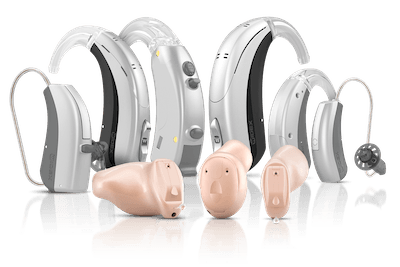
Hearing Aid Styles
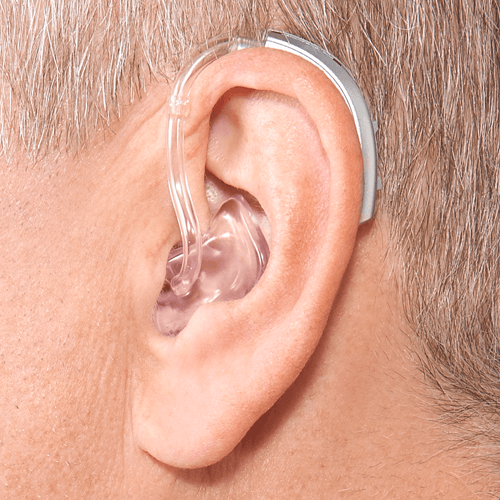
Behind-The-Ear (BTE)
BTE style hearing aids are most likely what comes to mind if you imagine “hearing aids”. The technology of these hearing aids is located in a housing that sits behind the outer ear. A thin plastic tubing leads over the ear and into the ear canal, where it is connected to an earbud/microphone. BTE hearing aids are typically suitable for all degrees of hearing loss from mild to severe or profound.
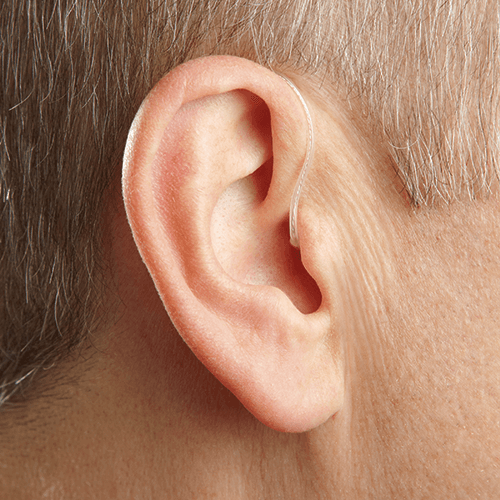
Receiver-In-The-Canal (RIC)
RIC hearing aids are very similar to BTE styles in look and function. Like BTE hearing aids, RIC aids will house their technology behind the outer ear. The key difference between the two is that with RIC hearing aids, a thin wiring connects the technology to the earbud in the ear canal, rather than plastic tubing. RIC hearing aids are typically most appropriate for those with mild to moderate hearing loss.
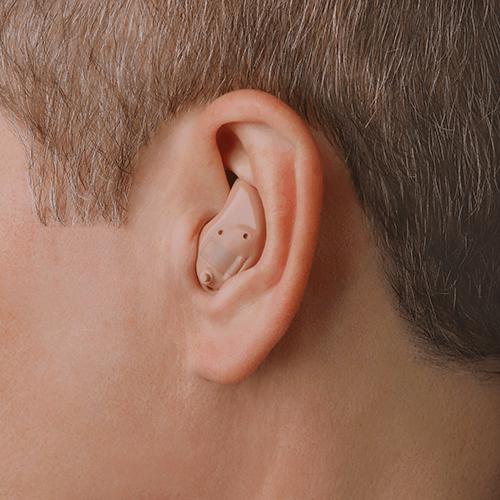
In-The-Ear (ITE)
ITE styles hearing aids do not include an apparatus that sits on the outer ear. Instead, the entire hearing aid fits within the inside of your ear. A small portion of the hearing aid will also sit within your ear canal. ITE style hearing aids are typically suitable for all degrees of hearing loss, including severe and/or profound losses.
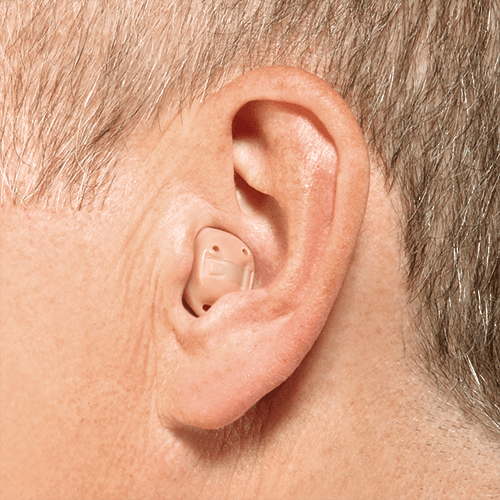
In-The-Canal (ITC)
ITC style differ from ITE aids in that rather than sitting within the outer ear, most of the hearing aid will sit inside of the ear canal. This makes these hearing aids more discreet than their ITE counterparts. ITC style hearing aids are suitable for those with mild to moderately severe hearing loss.
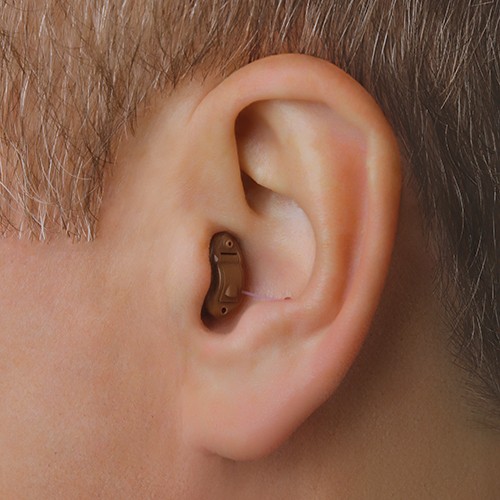
Completely-In-Canal (CIC)
With CIC hearing aids, the look begins to become extremely discreet. With these hearing aids, all the technology including the microphone are housed in one tiny custom molded earbud that fits completely inside the ear canal. For most wearers, the only thing that is visible is a transparent handle that pokes out of the ear canal and is used to remove the hearing aids. CIC hearing aids are typically best suited for those with mild to moderate hearing loss.

Invisible-In-Canal
IIC style hearing aids are very similar to CIC models. The key difference here is that IIC hearing aids are completely and totally invisible for most wearers. These hearing aids are also custom molded to perfectly fit the shape of your unique ear canal. IIC hearing aids are usually best suited for those with mild or moderate hearing losses.
Hearing Aid Features
Hearing aids of today are also power-packed with incredible features. Here are some of the basics you can expect from most modern aids.
Speech Recognition Technology
All manufacturers have developed their own technology to make listening to and understanding speech easier and more enjoyable in noisy environments
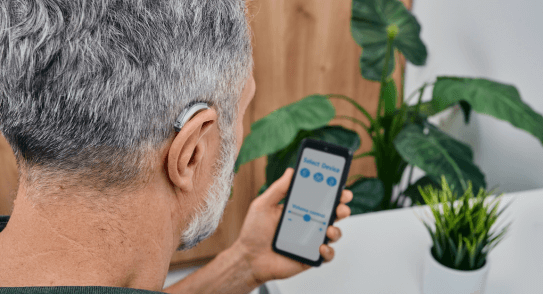
Smartphone Apps
Most hearing aids are able to be connected to smartphone apps that make controlling the aids easier and more convenient.
Tinnitus Therapy
Most modern hearing aids also include some type of built-in tinnitus therapy treatments.
Learn More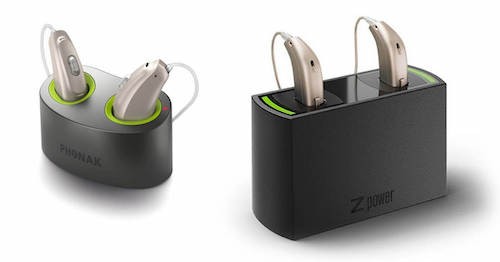
Rechargeable Options
With new rechargeable hearing aid options, powered by lithium-ion batteries, modern hearing aids are convenient and user-friendly, and offer up to 24 hours of unlimited listening on a single overnight charge.


